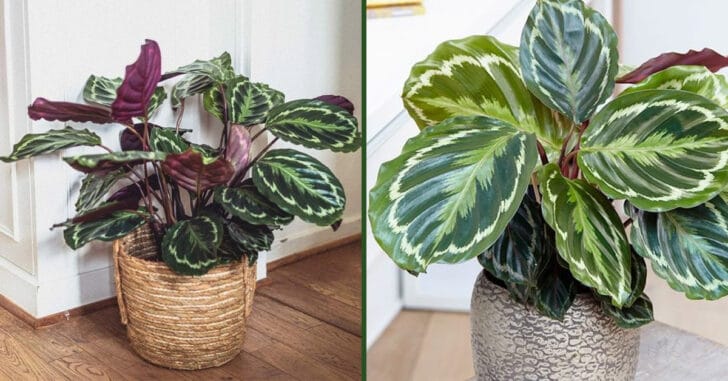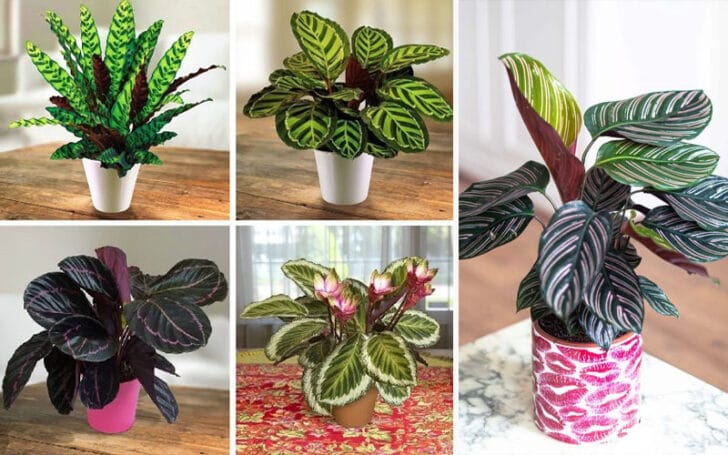Garden
All About Calathea Roseopicta – The Beneficial Ornamental Tropical Plant
Calathea Roseopicta is not a single plant but a species of the genus calathea and offers a variety of plants known for their magnificent leaves, known for their beautiful patterns and bicolored leaves.
There are many known species, but the best and most famous are Calathea roseopicta Dottie and calathea roseopicta Medallion.
FYI: Because there are several varieties of Roseopicta, they can look completely different from one another.
But how will you know if you have roseopicta and which species you have, well, you will need to learn a little more about Calathea roseopicta, its appearance, leaves, patterns and colors.
Detailed guide on how to identify Calathea roseopicta and care for Calathea roseopicta is here.
Table of Contents
Calathea roseopicta:
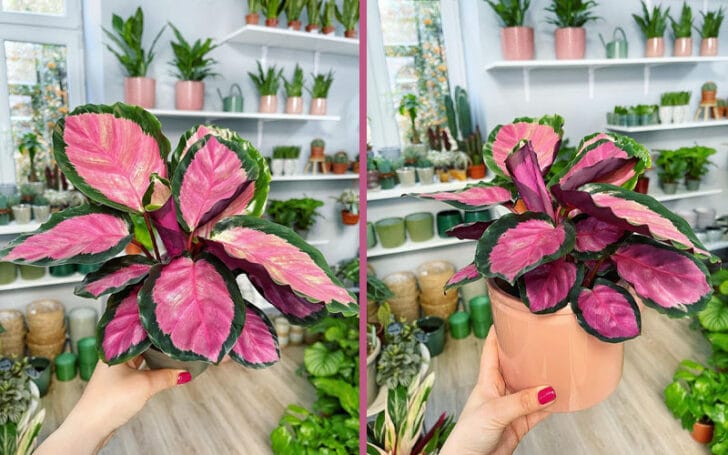
Roseopicta, also known as rose-painted calathea, is a species in the genus calathea, native to northwest Brazil.
Calathea is loved by houseplant enthusiasts as it produces perennials growing in clumps up to 50 cm, making it an ideal plant for filling in gaps.
Overview:
| Species | Calathea roseopicta |
| Famous names | Rose-painted calathea, Prayer-plant |
| Genus | Calathea |
| Family | Marantaceae |
| Size | Can grow up to 40-60cm but it varies from one plant to another |
| Similar to | Its brother, Calathea makoyana |
| Growing Season | April to early October |
| Care | Easy yet steady |
| Famous for | Double-colored leaves with patterns, leaves close at night |
Identify Calathea roseopicta:
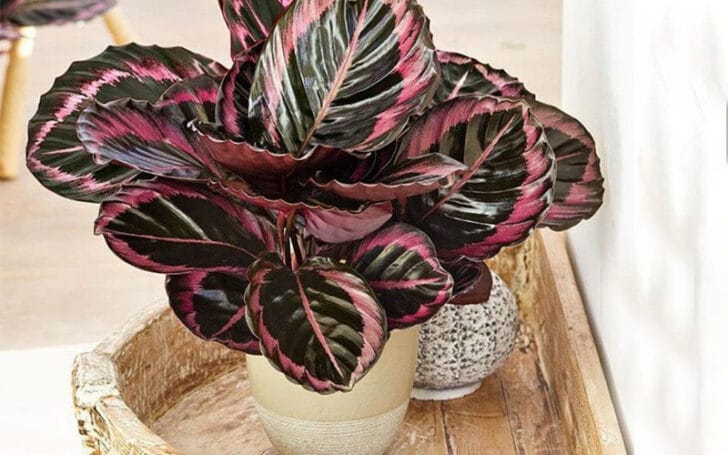
The appearance of Calathea roseopicta can vary from one plant to another.
The common features you’ll see in all roseopicta cultivars are leaves and flowers.
1. Leaves:
Calathea roseopicta has large elliptical leaves that come with pinkish streaks along the midrib, which are pink when the plant is young and white when mature, but look equally beautiful.
Also, at night, the leaves make a drooping twist to take the form of praying hands. That’s why it is called the prayer plant. The size of the leaves grows up to 30 inches in height.
2. Flowers:
During the summer you will see tiny white and purple flowers on your Calathea roseopicta plant. They’re too small to be noticed but enticing to own.
Calathea roseopicta size:
Calathea roseopicta varieties are not taller tropical plants. The average height or size of a healthy roseopicta plant is only 20 inches.
However, it takes up too much volume or you can create a large space due to its large elliptical leaves.
Roseopicta’s size and slow growth make it an ideal houseplant because you don’t have to repot it over and over and any small corner of the room can be glorified with this showy plant.
Continuing, a little carelessness in the care and maintenance of your plant can keep the leaves from losing their beautiful shine and keeping the flowers from coming back every summer.
So, let’s see how you can care for your Calathea roseopicta plant at home.
Calathea roseopicta Care:
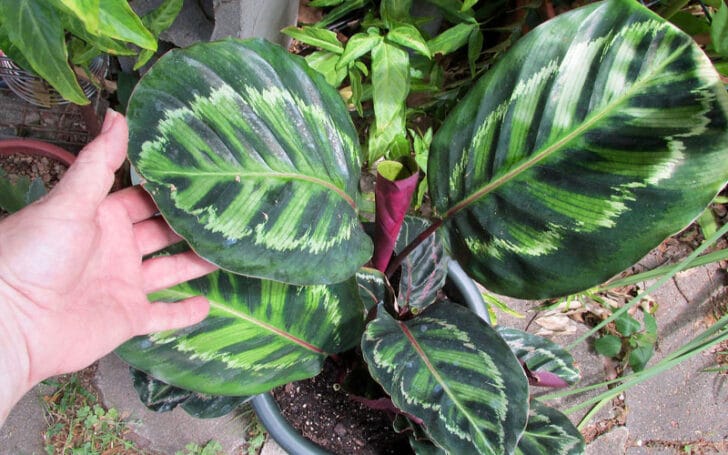
Often, despite care, Calathea roseopicta shows erratic growth patterns and troubling progression. It happens because of small mistakes you make while caring for Calathea roseopicta.
Follow this guide to avoid them all.
First of all, pay attention to these three things:
Calathea roseopicta are tropical plants, hence,
- Warm temperatures will only make your rose-dyed plant healthy, while cold temperatures are a no-no.
- They need a humid habitat 24/7 and do not like dry soil.
- Indirect light makes plant leaves bright and curled like praying hands
- As much moisture as this thriving plant
- Do not repot your plant within 2 to 3 years of growth
Here’s what you need to do to maintain it here:
1. Placement:
Place your plant in a room that receives sunlight from a south- or north-facing window. They do not need harsh rays on them but thrive very well in the presence of sunlight around them.
If the sun’s rays stay on the leaves, the leaves will burn and show scorch spots.
2. Watering:
Prayer plant likes to get wet in wet soil, but they hate overwatered and soggy ground. Therefore, what you need is to keep the plant wet on all sides, but dry from below with residual moisture in the soil.
It will let you know when your plant is thirsty, you will see that they will begin to bend backwards instead of curling in your paying hand. In this case, water your plant immediately.
3. Temperature:
Maintain a high temperature around your Calathea roseopicta plant. However, this high temperature is the normal temperature of hot regions.
You need to worry only in the cold season and when the temperature drops below 15 degrees, otherwise everything is fine.
4. Humidity:
Humidity needs to be high and you can use all three methods to increase it, such as keeping it close to other plants.
If you don’t have many indoor plants, you can grow grass indoors in a small area using seed mats and place a calathea roseopicta pot on it. Grass increases moisture.
On the other hand, humidifiers will also come in handy in this case.
Third, place your plant in a humidity tray and mist regularly to prevent wetting and increase humidity.
5. Fertilizers:
All plants need fertilizer, but only if you fertilize your plant at the right time and at the wrong time, your plant may die.
The best time to fertilize Calathea roseopicta is summer and spring, as this is the growing season. Your plant is forming new leaves and petals and therefore needs more energy in terms of fertilizer.
Use only organic, slow and light fertilizers.
6. Soil:
You will only need to learn about the soil when repotting your plant. In addition to moistening and cooling the rose-stained plant soil, it should also be a well-draining potting mix.
Use a peat-based potting mix of 2 parts peat and 1 part perlite.
It does not allow water to stagnate in the soil and disturb the roots of your plant. Draining the soil easily and quickly removes access water from the plant.
7. Repotting:
When repotting your plant, be sure to only use terracotta plants that have holes in the bottom. As it helps to remove access water easily.
Second, choose the pot based on the likely size of your plant for the next 2 to 3 years. Slower growers, roseopicta doesn’t like to be reported semi-annually.
However, estimate a 3-year growing season plant when choosing pot size, as this light growth will also need room.
8. Pest Control and Diseases:
All house bugs like mealybugs, scales, thrips, spider mites and fungus mosquitoes are attracted to your plant.
In addition, if you water your plant too much root rot, leaf fungus, etc. may face the risk of many diseases.
To avoid this, keep your plant in high humidity as house beetles hate it and avoid overwatering to avoid root rot and fungal disease.
Propagating Calathea rosea:
Tropical plant seeds are not usually found, when it comes to propagation, you will need the stem of the already grown calathea.
The best time to propagate Calathea rosea is spring and summer because the plant is still growing and will easily multiply in numbers.
When repotting, experts recommend that instead of cutting one or two branches, you divide it into two parts, plant it in two pots, and thus increase the number.
Be sure to take good care of watering, sunlight, temperature, humidity and all other factors for your newly propagated plant.
Examine it twice a day, give it time, praise it, talk to it and you will see the plant flourish in a few days.
Calathea roseopicta toxicity:
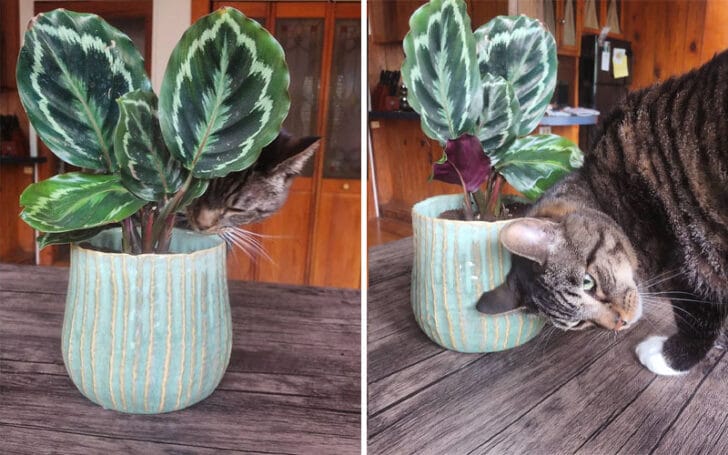
Don’t worry, calathea roseopicta dotty, calathea roseopicta coin, and all other varieties of calathea are non-toxic to pets or children.
You can feed this plant freely and safely at home with cats, dogs or children.
Calathea roseopicta cultivars:
An extremely beautiful, showy and demanding plant variety, experts have created the Calathea roseopicta variety by using selective breeding methods.
Some of these famous Calathea roseopicta cultivars include:
- Calathea zebrina
- Calathea orbifolia
- Calathea rufibarba
- Calathea makoyana
- Calathea crocata
- Calathea lancifolia
- Calathea warscewiczii
- Calathea ornata
For more information on Calathea Roseopicta variety identification, watch this video:
Benefits of Keeping Calathea Roseopicta at home:
Often, decorative plants do not bring any particular benefit. However, Calathea roseopicta is all about helping you. How? Here are some points:
1. Air Freshener:
Broad-leaved roseopicta varieties can produce more oxygen. So, if you have a small room that you share with others, this herb can keep the air fresh for breathing.
2. Natural Humidifier:
Once again, the larger leaves of the prayer plant can moisten the environment. For this, it is sufficient to wet the leaves with water and breathe fresh air.
3. Dust Proofing:
Roseopicta plants can trap debris and dust in the latex leaves thus protecting the ground from dust and debris.
How to place Calathea roseopicta to show off?
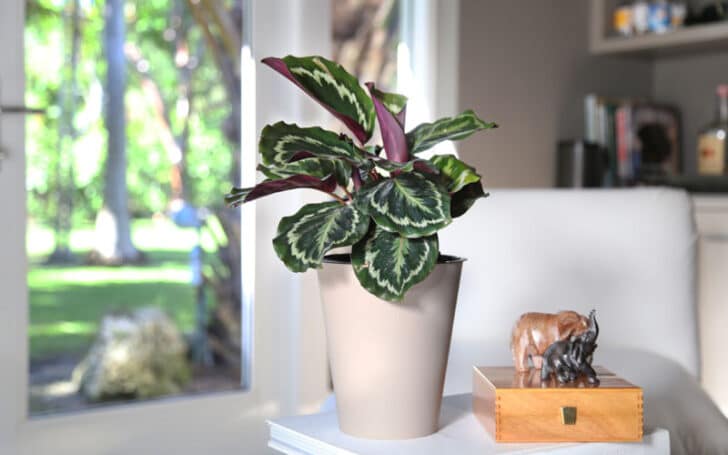
- Place them indoor
- Place them in the verandas
- Place them in balconies
- Place them on your work desk to work better
Bottom Line:
This is all about calathea roseopicta. What types of roseopicta do you have in your home? Let us know in the comment section below.
Also, don’t forget to pin/bookmark and visit our blog for more interesting but original information.

